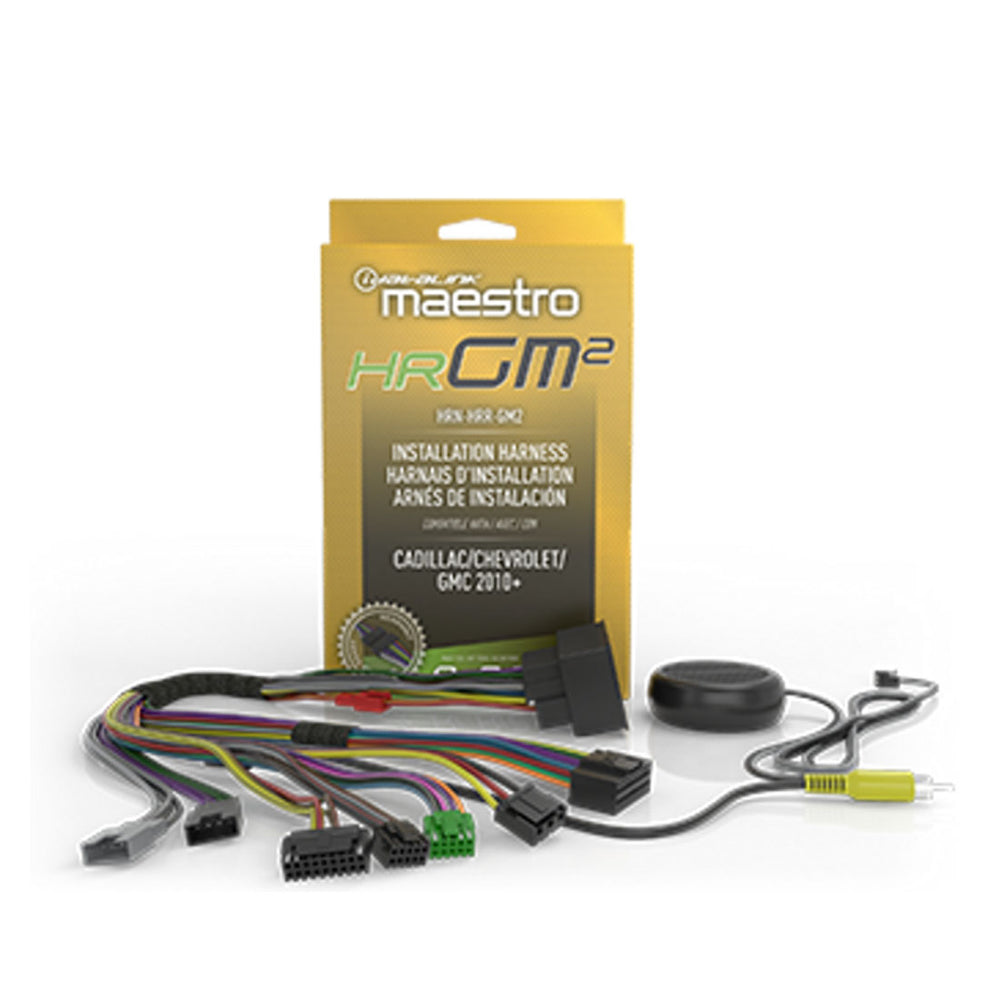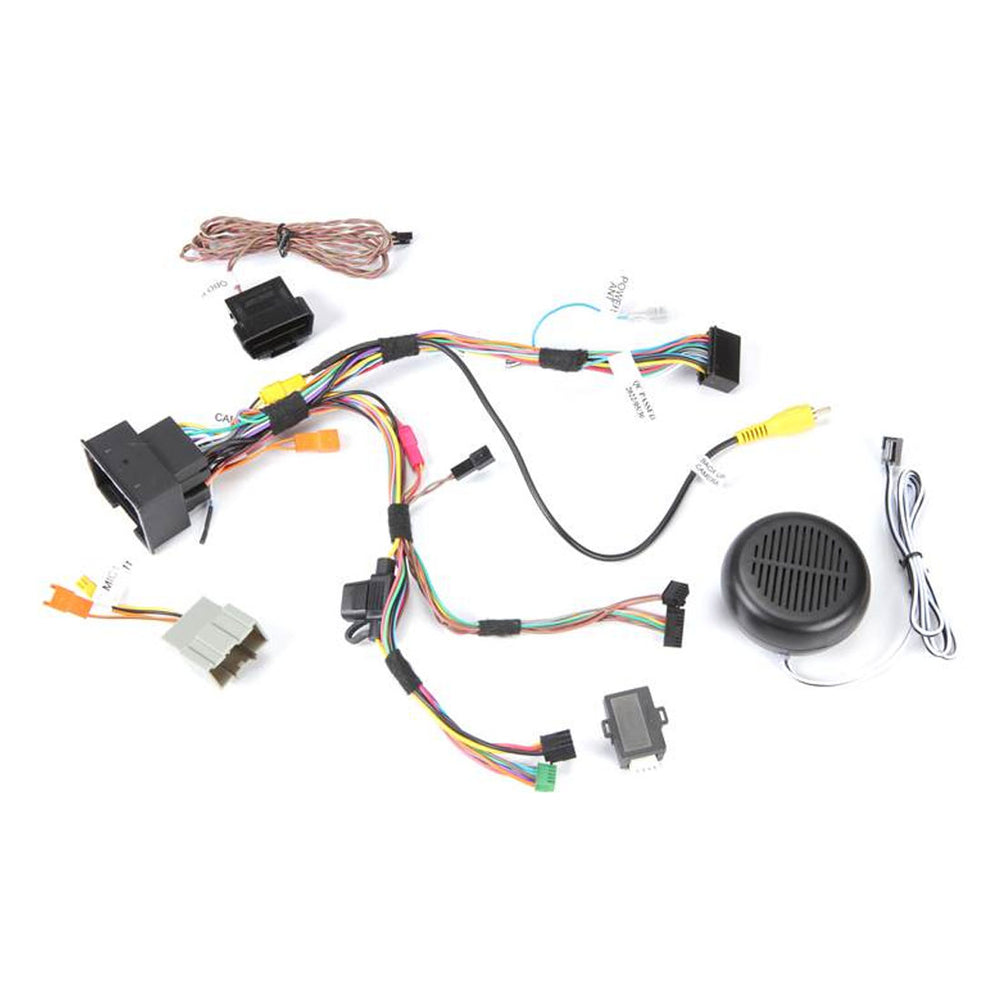Save $19.00
We guarantee the best price in Canada—before or 30 days after purchase.*
Lowest Price Guarantee*
This product is backorderable
Sign up to get notified when it's in stock!
Product Description
Product Description
iDatalink Maestro HRN-HRR-GM2 Plug and Play T-Harness for GM2 Vehicles, With Speaker & HU connectors
Maintain your GM factory features
In conjunction with iDatalink's Maestro ADS-MRR or ADS-MRR2 module, the HRN-HRR-GM2 wiring adaptor enables the installation of a new car stereo in certain 2010 and later GM vehicles. Once linked, you'll be able to use the steering-wheel audio controls in these vehicles, along with the factory amplifier, OnStar, warning chimes, and park assist feature. The Retained Accessory Power function, Bluetooth, and backup camera will all be retained if you install an iDatalink-ready vehicle audio (RAP).
HRN-HRR-GM2 Hightlights:
- allows certain GM vehicles to be fitted with a new receiver (also requires the Maestro ADS-MRR or ADS-MRR2 module).
- keeps your factory amp, OnStar®, steering-wheel audio controls, and warning bells when using any automobile stereo.
- Includes iDatalink-ready radio with retained accessory power, Bluetooth, USB port, backup camera, and retained accessory power.
uses the Maestro module
The kit contains connectors that link into the serial port on your new car audio, the wiring plugs on your factory radio, and the Maestro module (if present). The power/ground, lighting, and speaker wires on this harness must be soldered or spliced to the equivalent wires on the wiring harness of your aftermarket receiver.
Connect instantly to the new stereo
This harness also includes an in-line head-unit connector harness, which plugs into their new "Head-unit direct" harnesses for specific radio brands and does away with the need for wire splicing. Installing a radio that requires a "Head-unit direct" harness is as simple as cutting out the plug and attaching the wires to the harness that came with your new radio. Installation advice: In order to connect a new car audio to your General Motors vehicle, the HRN-RR-GM2 adapter needs to be used with the iDatalink Maestro ADS-MRR or ADS-MRR2 module.








